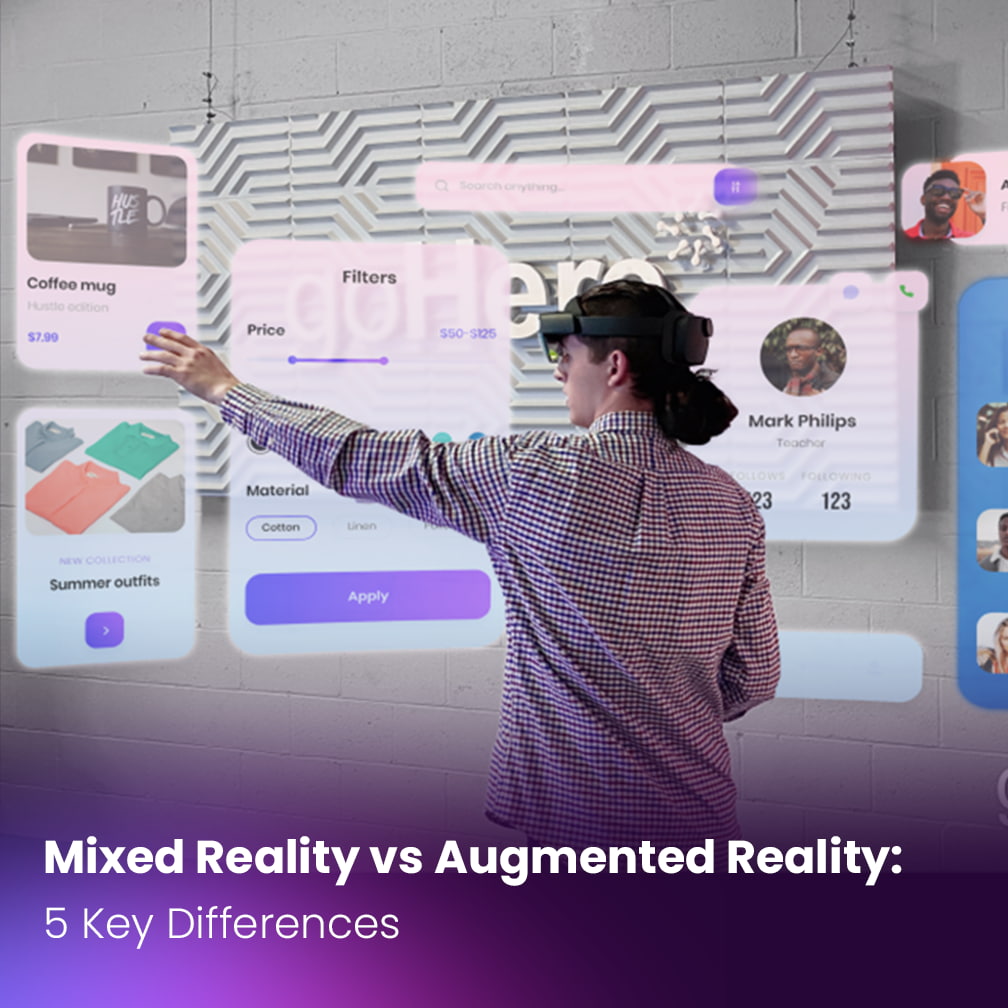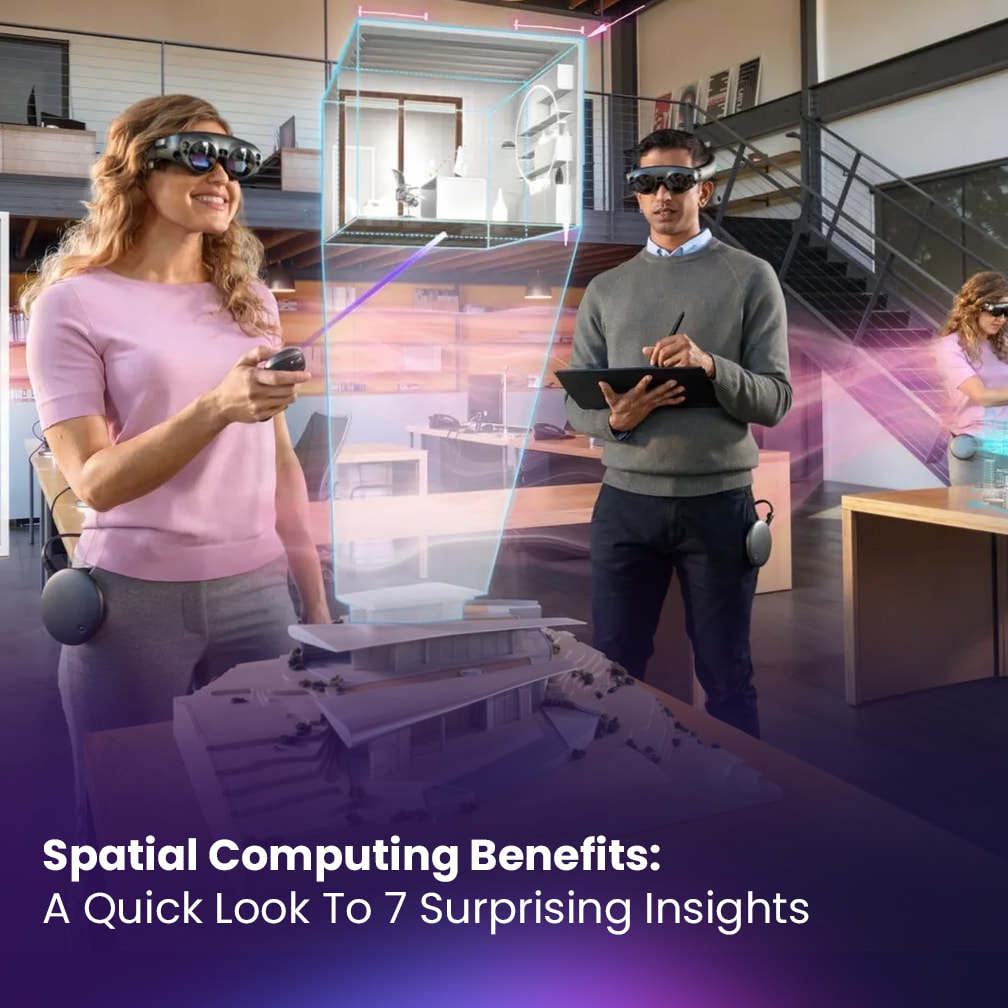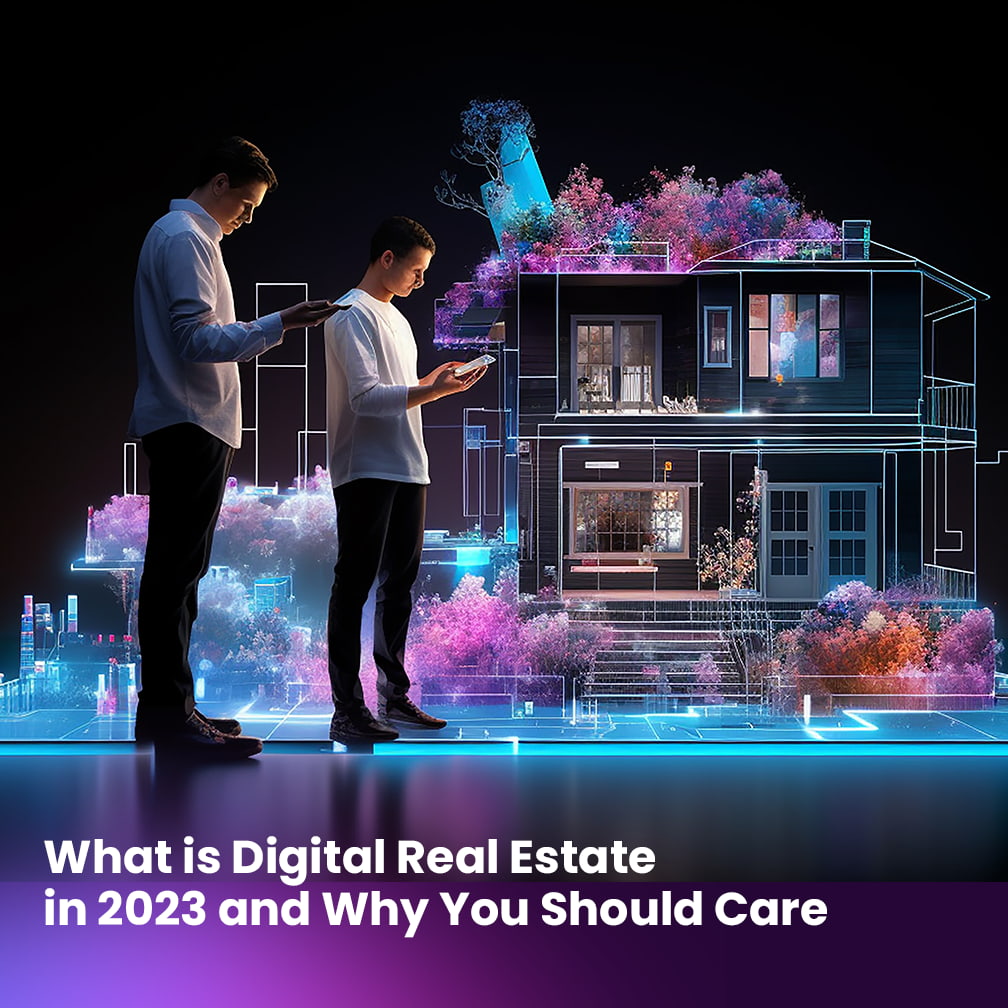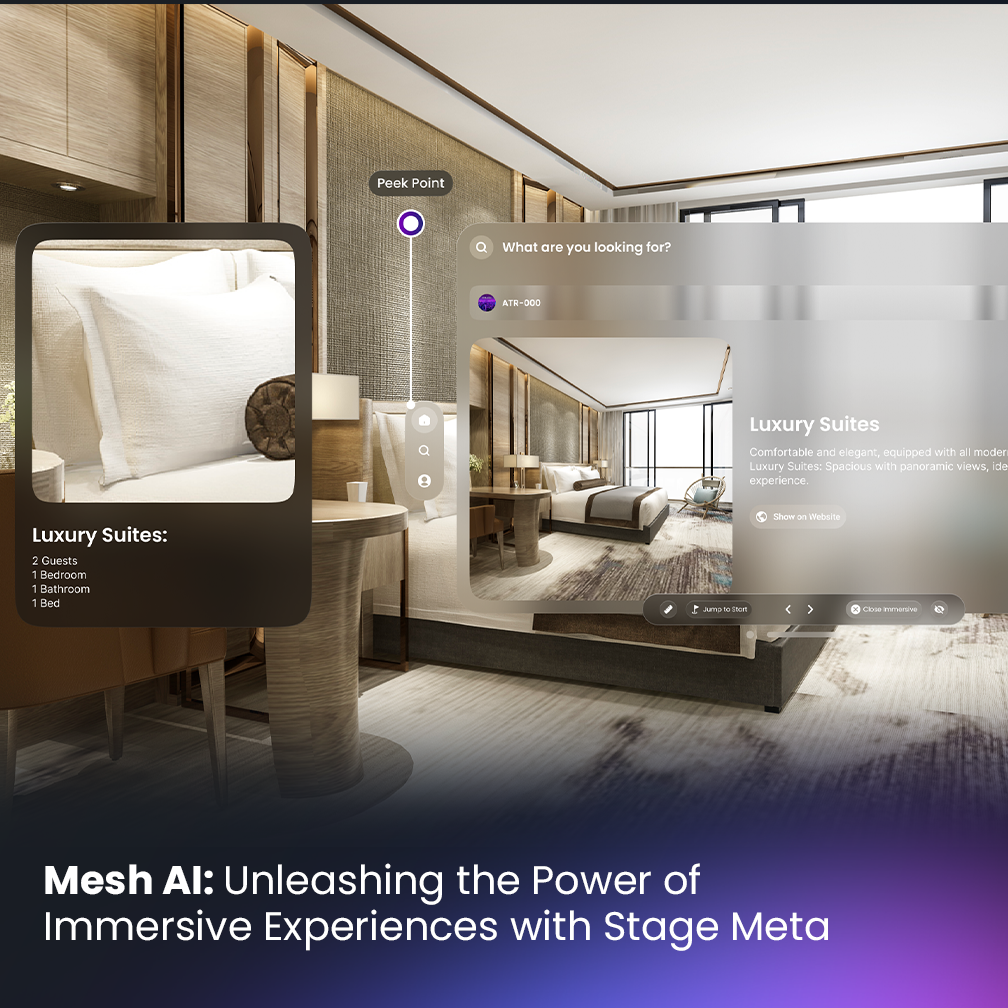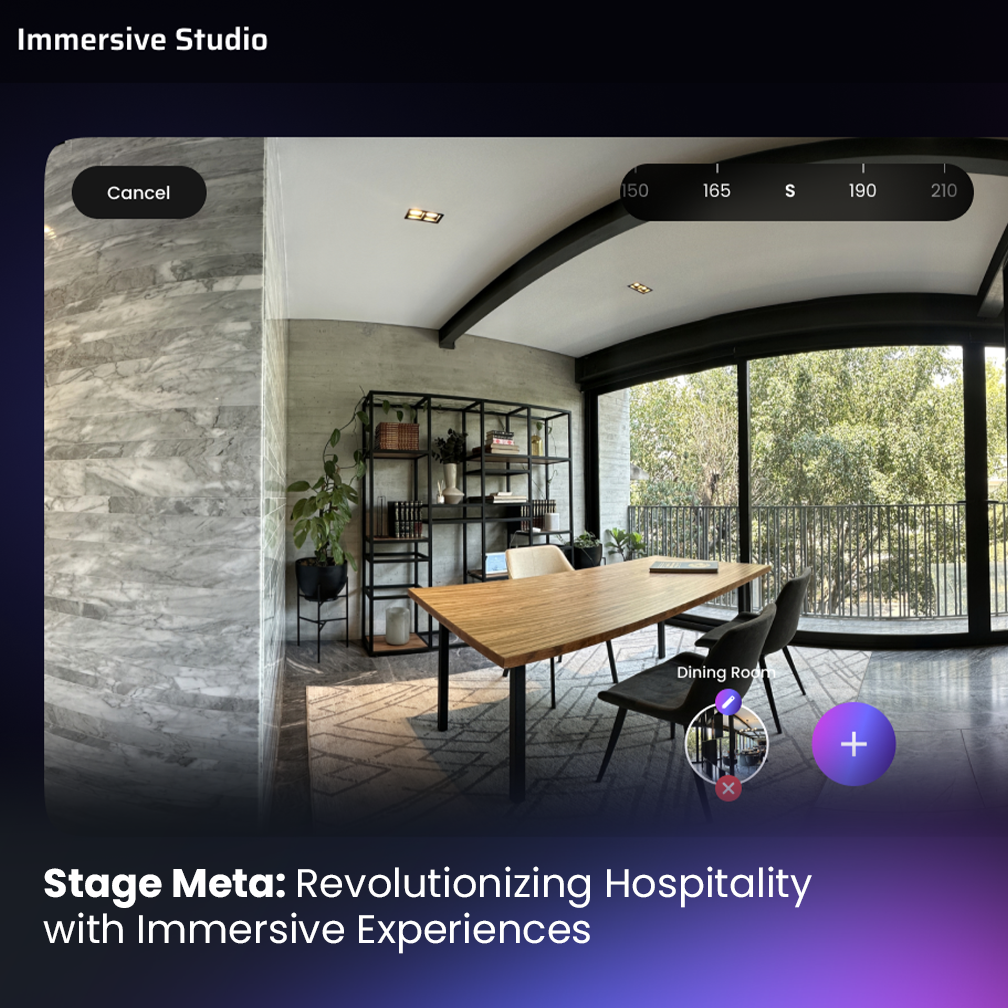Spatial Computing Ecommerce Breakthrough: More Sales with Immersive Solutions 2023
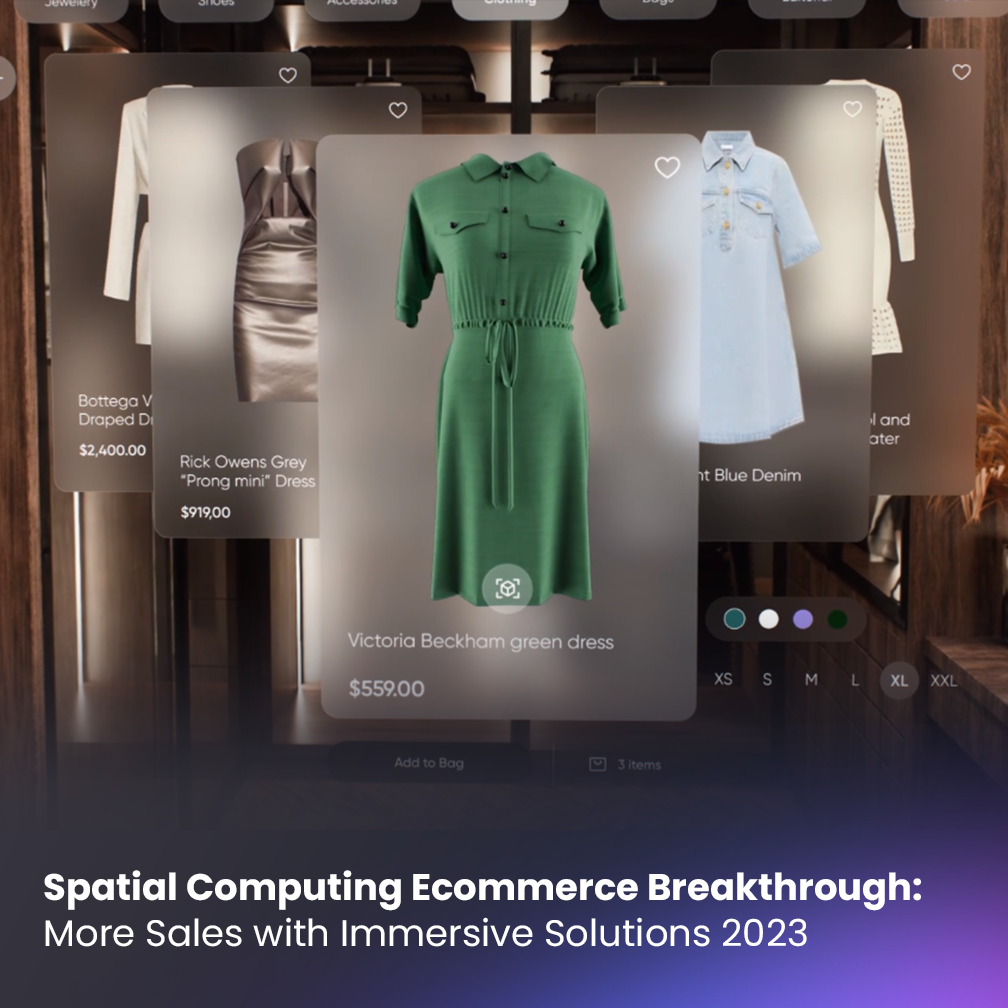
Estimated reading time: 4 minutes
The evolution of digital commerce transcends traditional e-commerce, embracing immersive virtual experiences known as spatial computing e-commerce. This fusion incorporates virtual, augmented, and mixed reality technologies into online shopping, creating highly engaging brand interactions. It enables virtual try-ons, digital fashion for avatars, and brand-sponsored virtual environments, fostering multifaceted customer relationships beyond static product listings.
Major brands like Nike, Chipotle, and Walmart ventured into spatial computing in 2022, mirroring the shift from basic e-commerce to omnichannel experiences. Spatial computing introduces new revenue streams, marketing avenues, and data insights, transforming consumer engagement. As AR and VR mature, brands must prepare for multidimensional virtual brand worlds.
This transition affects e-commerce, digital marketing, blockchain payments, and fulfillment, offering both opportunities and challenges. Early adopters gain valuable experience in spatial customer engagement, setting strategic foundations for the future of online retail.
Table of contents
Spatial Computing E-commerce Use Cases
Beyond conceptualization, real-world brands are already exploring practical applications of spatial computing e-commerce:
- Nike acquired virtual sneaker maker RTFKT and launched Nikeland in Roblox, selling digital shoes and apparel.
- Chipotle created a virtual restaurant in Roblox offering burrito digital assets and a scavenger hunt.
- Gucci developed virtual clothing and accessories for avatars in Roblox.
- Product launches are going virtual, like Samsung’s augmented reality Odyssey Ark experience.
- Dior hosted a fashion show inside its PlayStation VR game for 36 million views.
- Coca-Cola and Clinique ran digital Christmas campaigns in Fortnite with branded islands and minigames.
These examples reveal the diverse angles brands take to engage next-gen consumers through virtual experiences and digital goods.
How Brands Can Prepare for Spatial Computing E-commerce
For companies aspiring to capitalize on spatial computing e-commerce, here are five actionable recommendations:
- Start Small – Run short VR/AR pilots for specific products before committing major resources. Learn iteratively.
- Build a Multi-Disciplinary Team – Include e-commerce, gaming, VR, UI/UX, blockchain, and 3D graphics experts to collaborate.
- Chart a Roadmap – Define a long-term vision, 5-year tactical plan, and 6-month execution timeline for spatial activation.
- Partner Strategically – Work with established spatial platforms and VR developers to accelerate capabilities.
- Analyze Performance Data – Leverage analytics from digital traffic, sales, and user interactions to optimize experiences.
Blending physical and virtual commerce requires new perspectives and skill sets. Take an agile, data-driven approach to build expertise and credibility.
Decentralization Will Bridge Spatial Computing Commerce
Blockchain technology and cryptocurrencies serve as catalysts for unlocking seamless e-commerce within an open spatial environment. Interoperable crypto wallets will streamline identity, asset, and payment management across diverse virtual worlds, while decentralized finance (DeFi) will facilitate trustless transactions.
Digital or spatial assets will authenticate ownership of digital goods, enabling their utilization across various platforms. Analogous to how websites interconnect via the internet, spatial environments will converge through this cryptographic infrastructure.
Facebook’s initiative to integrate virtual reality with crypto payments, empowering Horizon Worlds users to transact avatar outfits and accessories as digital assets, signifies a pivotal step towards this future amalgamation.
Mainstream Spatial Computing Ecommerce Adoption Challenges
Despite excitement, mass acceptance of immersive digital commerce faces adoption hurdles:
- VR/AR hardware remains too bulky, isolating, and expensive for most consumers.
- Technical complexity around blockchain, digital assets, and decentralized platforms creates a steep learning curve.
- Most shopper purchasing power remains in fiat currencies vs crypto.
- Younger demographics will drive early adoption, but mainstream comfort still lacks.
- Brands wrestle to quantify ROI on virtual experiences and goods.
As headsets, connectivity, and content improve, spatial commerce will gain broader traction beyond early adopters.
Risks Brands Must Address
E-commerce brands venturing into spatial computing also need to mitigate emerging risks:
- Toxicity – Creating safe spaces that proactively discourage harassment and prevent alienating consumers.
- Interoperability – Avoiding “walled gardens” and ensuring digital goods work across spatial environments.
- User Data – Guaranteeing privacy protections and transparency around data collection.
- Environmental Impact – Minimizing the carbon footprint of virtual experiences via renewable energy and offsets.
With great innovation comes great responsibility. Brands must approach spatial computing with ethics and inclusivity at the forefront.
The Spatial Computing Ecommerce Signals New Opportunities
Emerging consumer behaviors point to the growing appetite for virtual experiences and digital self-expression through avatars:
- Online gaming surged during the pandemic, priming wider acceptance of virtual worlds.
- User-generated content and digital lifestyles are the norm for younger generations.
- Cryptocurrency adoption continues rising, expanding the crypto-savvy population.
- Younger demographics flock to spatial platforms like Roblox, Fortnite, and VRChat.
- Digital fashion and digital art generate real demand for virtual goods and collectibles.
As these trends converge, the population prepared to embrace spatial e-commerce expands. First movers can stake their claim.
Conclusion
Immersive digital commerce powered by AR, VR and blockchain represents the next frontier for brands to engage consumers and unlock revenue.
Spatial Computing will enable more experiential, personalized and seamless shopping journeys blending the best of physical and virtual.
Are you ready to meet your customers in Spatial Computing? The decisions made today will determine who shapes the future. Let the journey begin!

